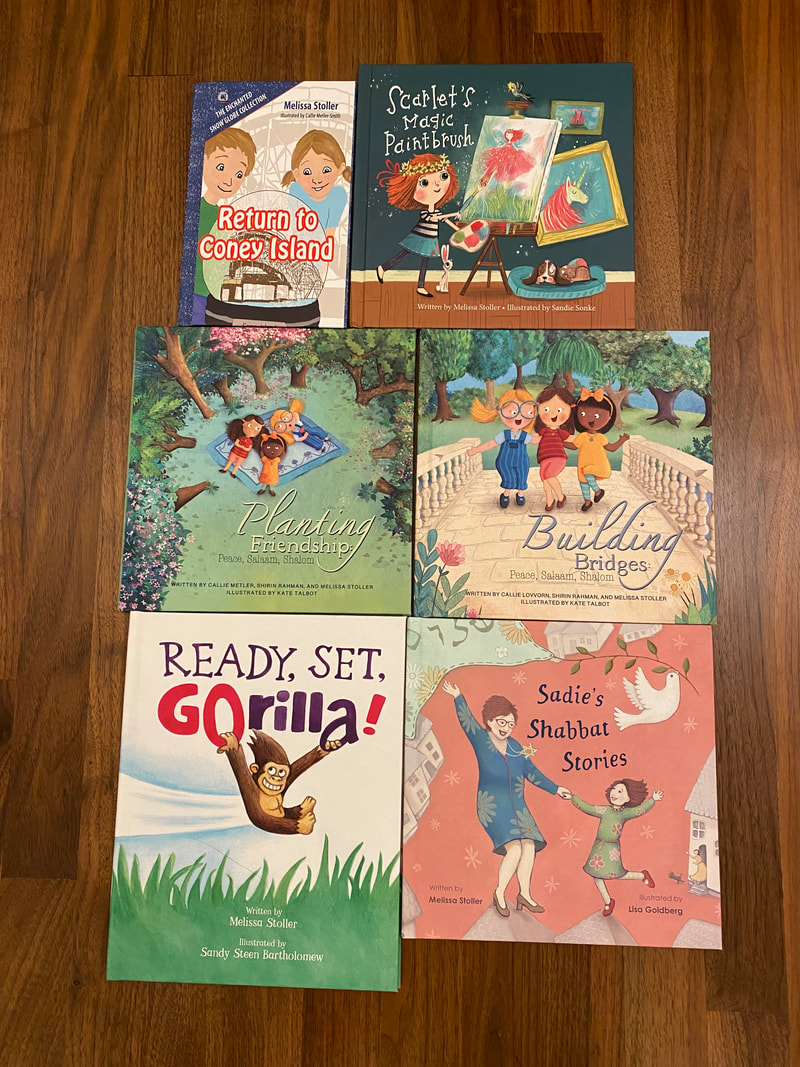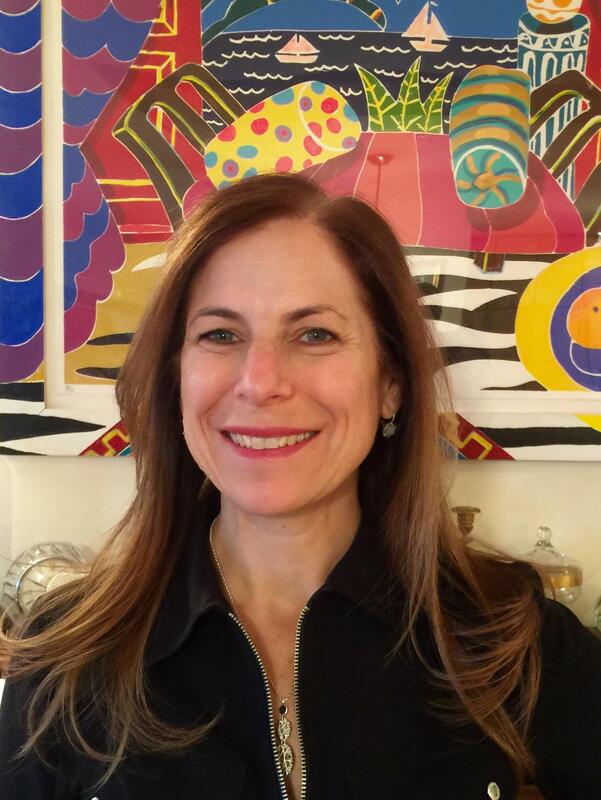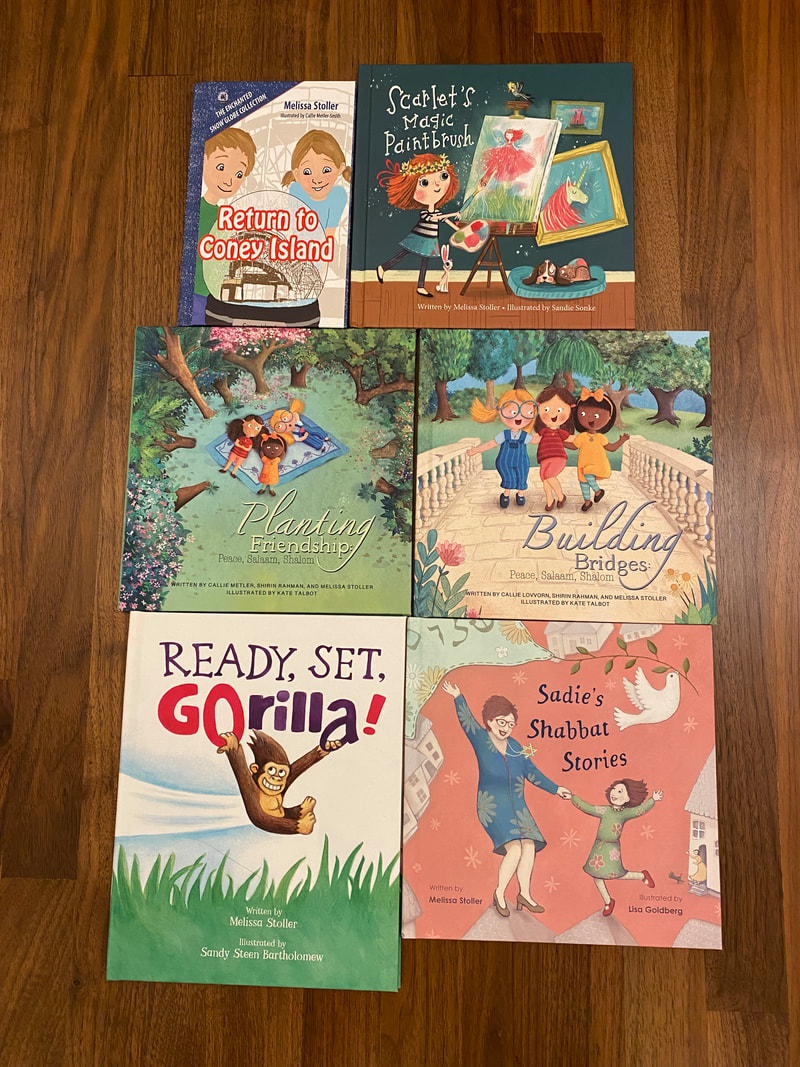|
Maintaining a reading life alongside your writing life, book promotion life, and regular life-life can feel like juggling flaming torches while riding a unicycle. Trust me, I’ve been there. As a writer, I know the importance of each of these elements, yet balancing them can be a real challenge. Here are some techniques I’ve found to keep all these plates spinning, and my thoughts on why they’re all crucial to our creative and personal well-being.
The Importance of Reading Stephen King famously said, “If you don’t have time to read, you don’t have the time (or the tools) to write. Simple as that.” Reading fuels our creativity, exposes us to different styles and perspectives, and keeps our passion for storytelling alive. But finding the time to read can be tough amidst all the demands on our time. Here’s how I manage it:
Writing Your Own Story Toni Morrison’s words resonate deeply: “If there’s a book that you want to read, but it hasn’t been written yet, then you must write it.” Writing is our chance to bring our unique stories into the world. It’s important to protect this creative time fiercely. Here’s what works for me:
Promoting Your Work Book promotion is another essential, albeit time-consuming, part of a writer’s life. Malcolm Gladwell reminds us, “There is a simple way to package information that, under the right circumstances, can make it irresistible. All you have to do is find it.” Effective promotion means finding the right way to share your work with the world.
Balancing It All Balancing reading, writing, promoting, and life can be daunting, but it’s essential for our growth and success as writers. Here’s how to keep it all in harmony:
Remember, each aspect of our writing life feeds into the other. Reading enriches our writing, promoting connects us with readers, and balancing it all helps maintain our sanity. With the right strategies, you can find harmony, balance, and become an expert juggler. Brentom Jackson is an award winning poet/writer, actor and psychotherapist in the Dallas-Fort Worth area. With poetic voice, theatrical flair, and socio-emotional expertise Brentom tells stories that explore the universal lessons within Black-American history and heritage. His debut picture book Elijah's Easter Suit with Doubleday/Penguin Random House is available now. Follow him on all social media @brentomjackson. www.brentomjackson.com July is all about jumpstarting your creativity! Transport yourself into a writing mode featuring people and animals going places. Here are a few exercises to rev up your ability to find and execute on ideas this month: Canva image 1. Read books about transportation this month. Boats, planes, trains, cars, animals, and more. Now write a fictional first line about one of the transportation methods you read about. 2. Research a non-fiction topic relating to transportation. Perhaps you will be inspired by one of the books you read above. Or perhaps you are inspired by a mode of transportation you see outside your window or throughout your day. 3. Think about a method of transportation you enjoyed as a child - either in reality or in your imagination. A rocket ship? A pogo stick or scooter? A bicycle? A sailboat? A flying dragon or horse? Write a story capturing sensory details. 4. Look online for photos or videos of animals transporting other animals. For example, I have seen videos of birds riding around on large mammals, and fish catching rides on other underwater creatures. Write a title, first line, or story based on your online observations. This month, let yourself be transported with creative ideas featuring movement. Let me know in the comments if these exercises helped. Happy writing! MELISSA’S BIO: Melissa Stoller writes to bring connection, joy, and a bit of magic to her readers. Her newest picture book, Hazel and Mabel, illustrated by Anita Bagdi, releases from Gnome Road Publishing in Fall 2025. Melissa is also the author of the chapter book series The Enchanted Snow Globe Collection - Return to Coney Island, and the picture books Scarlet’s Magic Paintbrush; Ready, Set, GOrilla!; Sadie’s Shabbat Stories; Planting Friendship: Peace, Salaam, Shalom; and Building Bridges: Peace, Salaam, Shalom (co-written). Melissa is a Blogger for the Children’s Book Academy, a Rate Your Story Judge, a volunteer with SCBWI/MetroNY, a Book Meshuggenahs member, a Westhampton Beach Performing Arts Center Trustee, and a past school and Synagogue Trustee. She also interviews authors and offers resources on her blog. In other chapters of her life, Melissa has worked as a lawyer, legal writing instructor, freelance writer/editor, and early childhood educator. She lives in New York City with her family, and enjoys theatre, museums, and Central Park walks. CONNECT WITH MELISSA: https://www.MelissaStoller.com https://www.MelissaStoller.com/blog http://www.facebook.com/MelissaStoller www.twitter.com/melissastoller www.instagram.com/Melissa_Stoller www.pinterest.com/melissa_Stoller “No one knows what it's like to be the bad man, to be the sad man, behind blue eyes...” -- Pete Townshend (The Who) In this song an individual voices his anger and propensity to violence, along with hope that, nevertheless, someone will look out for his welfare. Themes that are much too heavy for a picture book. Aren’t they? When I opened LUNCH EVERY DAY, I expected to meet a fictional protagonist striving to fix a problem or reach a goal. A victim of bullying, or a silent bystander. They would find their voice and confront the bully. Perhaps they’d even lead the bully to embrace empathy and kindness.
Instead, I met the bully. Notice that the book’s cover does not tell you LUNCH EVERY DAY is the true story of a turning point in the life of Jim Perez, an administrator for California's Orange County Violence Prevention & Intervention Grant. Known for his work in gang prevention and anti-bullying initiatives, Jim received an Ambassador of Peace Award from the Violence Prevention Coalition of Orange County in 2013.* But once upon a time, young Jimmy was the school bully. In LUNCH EVERY DAY, Jimmy targets a skinny kid. Day after day, he shoves the boy and takes his lunch. Jimmy’s scorn and anger jump from the page. But Jimmy makes no excuses for his behavior. No appeals for sympathy. He barely hints at his personal difficulties: the skinny kid’s lunch is “Better than mine. Bet his home is better than mine, too.” Then everyone in the class – even Jimmy – gets an invitation to the skinny kid’s birthday party. Jimmy does go, but when he gets there, he tries to be invisible. The skinny kid’s mother notices him, though. Jimmy appears terrified as the lady walks right up to him and … … promises Jimmy she will send her son to school with an extra lunch. Every day. For him. In an interview**, Jim describes that moment as “surreal,” as emerging from darkness into light. Looking back, he calls it a “seed that was planted.” A seed of “unconditional love from a stranger.” As Jim matured, this seed grew. He has devoted his adult energies to planting such seeds. LUNCH EVERY DAY does not spell it out for the reader. Instead, the story challenges the reader to make inferences, cueing us to look deeply into the text and illustrations. We witness Jimmy’s actions, and those of the skinny kid and his mother. We frown at Jimmy’s aggression. The skinny kid's party invitation is unexpected, as is the mother's promise to provide lunches for Jimmy. We wonder. It’s up to us to discern what’s under the surface. Why does Jimmy behave as he does? Why does the skinny kid still invite him to his birthday? Why does the skinny kid’s mother treat Jimmy with such kindness? And, at the story’s end, Jimmy says, “I got lunch every day … and a whole lot more.” What “more” did he get? I’ll be reading and discussing this book with kids, to learn what they make of it. Maybe you will, too! * Sources: https://www.ocregister.com/2013/06/12/about-the-violence-prevention-coalition/ https://www.bookpassage.com/event/kathryn-otoshi-lunch-every-day-online-event **Kathryn Otoshi and Jim Perez discuss LUNCH EVERY DAY https://youtu.be/uWMCw3WgFKw?si=QJS8e4u9KM8PIeNh Hey, brilliant book creators! As someone who lives in Texas, the birthplace of Juneteenth, I can tell you that while the holiday may have passed, we celebrate its spirit all month. And make it our mission to spread the cheer and keep the stories of freedom, resilience, and history alive. Whether you're writing your next big hit or simply seeking inspiration, here are three fantastic children's books about Juneteenth that will spark your creativity and captivate young readers.
"Juneteenth Jamboree" by Carole Boston Weatherford and Yvonne Buchanan Let's start with a gem that beautifully captures the essence of Juneteenth. The first book in traditional publishing exclusively focused on the holiday, "Juneteenth Jamboree," introduces us to Cassandra, a young girl who moves to Texas and discovers the vibrant celebration of Juneteenth. Through a community gathering filled with music, dance, and storytelling, Cassandra learns about the significance of this historic day. Why It's Inspiring: Weatherford's engaging narrative and lively illustrations make this book a delightful read. It perfectly balances the gravity of the subject with the joy of freedom, providing a masterclass on how to handle sensitive historical topics in a way that's accessible to children. Note how Weatherford's evocative prose and vivid imagery create a memorable narrative. "All Different Now: Juneteenth, the First Day of Freedom" by Angela Johnson and E.B. Lewis Angela Johnson's "All Different Now" offers a poignant and poetic look at Juneteenth through the eyes of a young girl. The story follows her and her family's first moments of freedom, capturing the profound impact of the Emancipation Proclamation in a deeply personal and emotional way. Why It's Inspiring: Johnson's lyrical language paired with E.B. Lewis's stunning watercolor illustrations create an immersive experience that transports readers back in time. For writers, this book is a perfect example of how to use poetic prose to convey complex emotions and historical events, making them relatable for young readers. Pay attention to how Johnson uses sensory details to bring the story to life. "Opal Lee and What It Means to Be Free: The True Story of the Grandmother of Juneteenth" by Alice Faye Duncan and Keturah A. Bobo For a more personal and historical perspective, check out "Opal Lee and What It Means to Be Free" by Alice Faye Duncan. This book tells the true story of Opal Lee, often called the Grandmother of Juneteenth, who played a pivotal role in making Juneteenth a national holiday. Through her determination and activism, Opal Lee's story comes to life, teaching children about the importance of perseverance and the fight for freedom. Why It's Inspiring: Duncan's storytelling, combined with vivid illustrations, brings Opal Lee's journey to life in an educational and inspiring way. As a writer, experimenting with biographical elements can be a great way to captivate your audience and make historical figures relatable to young readers. Duncan's ability to blend factual history with compelling narrative makes this book a standout. Juneteenth is a powerful subject that offers countless opportunities for storytelling. These three books showcase different approaches—through heartwarming narratives, poetic prose, and biographical storytelling—demonstrating the rich potential of Juneteenth stories. As you craft your own tales, remember to weave in the themes of freedom, resilience, and joy that define this significant day. So, go forth and write the stories that will educate, inspire, and entertain the next generation. Happy writing! Brentom Jackson is an award winning poet/writer, actor and psychotherapist in the Dallas-Fort Worth area. With poetic voice, theatrical flair, and socio-emotional expertise Brentom tells stories that explore the universal lessons within Black-American history and heritage. His debut picture book Elijah's Easter Suit with Doubleday/Penguin Random House is available now. Follow him on all social media @brentomjackson. www.brentomjackson.com By Melissa Stoller This June, jump into writing practices that will make your stories soar. Here are a few exercises to get you started: Canva Image 1) Jump into five minute brainstorming sprints. Set a timer, and write down all the story ideas that come to mind. 2) Jump into ten minute writing sprints. Set a timer, and write without editing yourself. Just write. 3) Jump into fifteen minute revising sprints. Pick one story and revise for big picture items like theme, plot, and pacing, as well as small picture items like grammar, syntax, and word choice. 4) Jump into twenty minute research sprints. Research more about your topic, whether it’s a fiction or non-fiction story. Dig deep and follow tangents – you might just be able to infuse your story with more authentic details. This month, jump into timed sprints that will help you expand your writing potential. Let me know in the comments if these exercises helped. Happy writing! MELISSA’S BIO: Melissa Stoller writes to bring connection, joy, and a bit of magic to her readers. Her newest picture book, Hazel and Mabel, illustrated by Anita Bagdi, releases from Gnome Road Publishing in Fall 2025. Melissa is also the author of the chapter book series The Enchanted Snow Globe Collection - Return to Coney Island, and the picture books Scarlet’s Magic Paintbrush; Ready, Set, GOrilla!; Sadie’s Shabbat Stories; Planting Friendship: Peace, Salaam, Shalom; and Building Bridges: Peace, Salaam, Shalom (co-written). Melissa is a Blogger for the Children’s Book Academy, a Rate Your Story Judge, a volunteer with SCBWI/MetroNY, a Book Meshuggenahs member, a Westhampton Beach Performing Arts Center Trustee, and a past school and Synagogue Trustee. She also interviews authors and offers resources on her blog. In other chapters of her life, Melissa has worked as a lawyer, legal writing instructor, freelance writer/editor, and early childhood educator. She lives in New York City with her family, and enjoys theatre, museums, and Central Park walks. CONNECT WITH MELISSA: https://www.MelissaStoller.com https://www.MelissaStoller.com/blog http://www.facebook.com/MelissaStoller www.twitter.com/melissastoller www.instagram.com/Melissa_Stoller www.pinterest.com/melissa_Stoller |
We are so excited to be mixing things up at CBA, beginning with some delicious additions to the Blogfish. Meet our awesome bloggers!!
Here's our lineup: 1st Mondays begin with former school psychologist Dr. Debra Collins who will be writing about Social emotional Learning in kidlit and behind the scenes as well as Jewish children's books. 2nd Mondays will feature super smart Melissa Stoller whose career is taking off with several new books. 3rd Mondays will feature our new blogger coming soon. 4th Mondays features new blogger, the fabulous Brentom Jackson, who has a beautiful approach to blogging. And 5th Mondays we'll be taking a break Archives
July 2024
|
|
Discover
|
About Us
|
Join Us
Join our Community and receive a fabulous free gift, KidLit tips, newsletters, scholarship info, contests, and more!
Join our KidLit Mentorship |
Social Media
Interact with our FaceBook Group or follow us on:
|
© 2010-2024 All content on this website is copyrighted. Sorry, all courses are non-refundable.











 RSS Feed
RSS Feed
